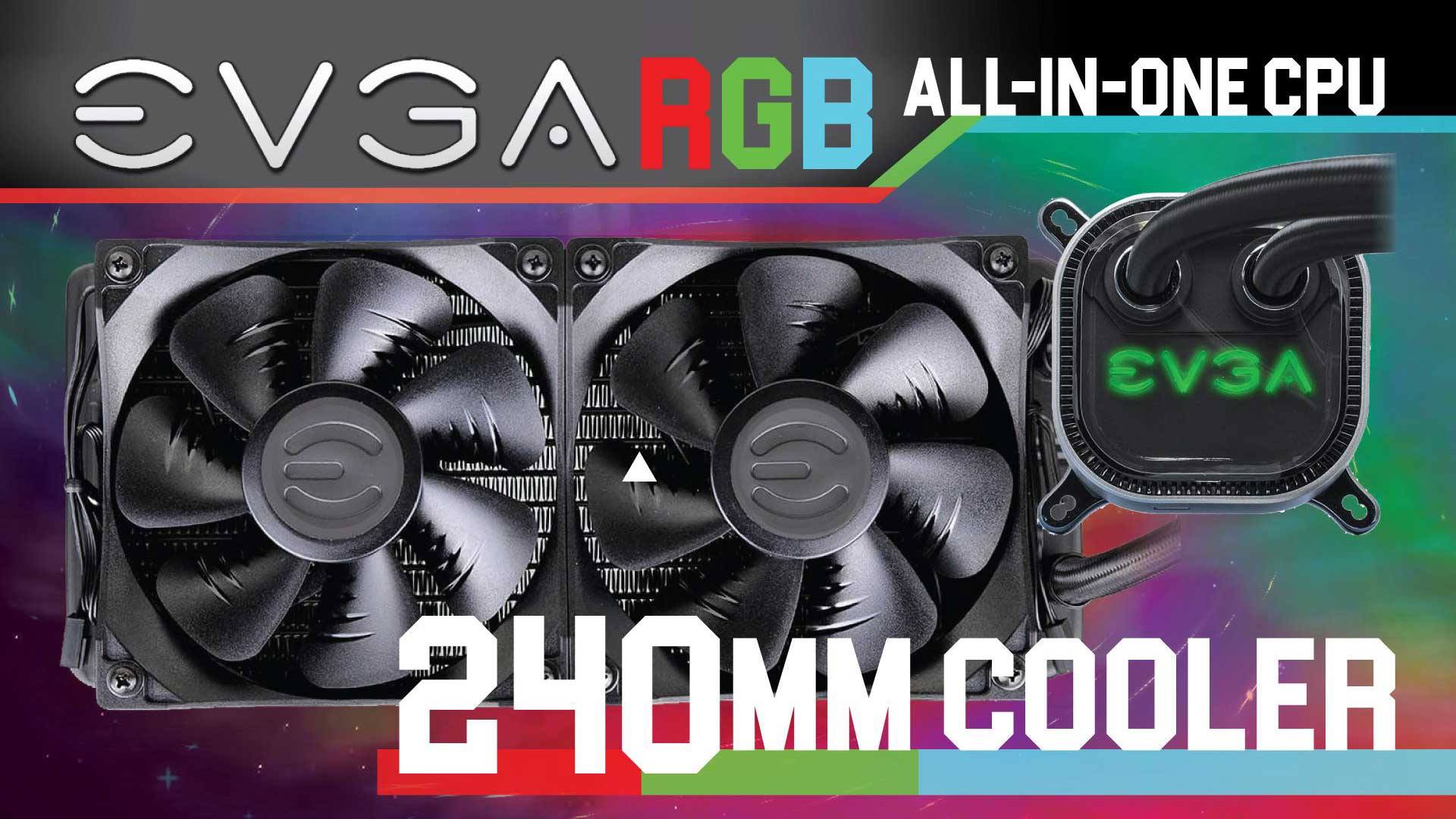![]()
This shipping container that the Stream S07 uses is somewhat different than what the older Stream S06 series makes use of. Instead of a bright and colorful color scheme, the S07’s box is more subdued and mature in its appearance. This is not a bad thing. The combination of a more monochromatic look in conjunction with info-graphics, a ton of text, and a nice angled shot of the Stream S07 in action, actually does work rather well at both informing and reassuring potential buyers. The end result is while not quite as attention getting actually does give a better first impression.
![]()
The internal protection scheme has also been revised compared to the older Stream S06 series. Instead of form-fitting plastic Silicon Power has opted for cardboard. Specifically, two half sleeves of cardboard allow the S07 to ‘float’ in the center of the box free from worry over blunt force trauma and sharp objects that penetrate the exterior box. Mix in an ESD protection bag and this is a drive that you will have zero worries over shipping it half way around the world… let alone across town.
![]()
Sadly, the included accessories have not been revised or revamped. This is not to say the included accessories are bad, it just is a touch on the anemic side. In grand total you get a decent USB Type-A to Type-A cable and an installation pamphlet. You can also download free SP branded software, but quite honestly it is nothing special. Put another way, nothing has changed from the previous S06 series. This is a missed opportunity as Silicon Power external SSD based storage devices come with some of the best braided USB cables we have seen from any manufacture. We really would loved to have seen Silicon Power include them on all their exterior storage line-up… not just their SSD models. All in all, this list does tick all the necessary boxes and does so without any price rising goo-gaws that has become rather prevalent in the marketplace today. Just be aware that it is a slim list of ‘goodies’ included in the box.
![]()
The main claim to fame of the new Stream S07 series is its unique aesthetics and chassis design. Silicon Power’s literature makes mention of ‘stone’ as they wanted the Stream S07 to be more a work of art than a utilitarian tool. In order to do this, they took their typical black thermoplastic used on the Stream S06 series and retooled and tweaked it in two key areas.
The first is this is not smooth plastic. Instead it has a very rough texture similar to chiseled ‘old world’ stone. If you have never run your hand over an ancient statue the closest approximation is that its texture is similar (but deeper and more aggressive) than Prusa’s ‘rough texture’ sheets for their latest Mk3 3D printers. No matter if you consider this approximation a good enough facsimile of rough cut stone or not one thing is for certain… this plastic chassis virtually sticks to your hands. In testing even after repeated dunkings in water (sans internals of course – more on why that caveat in a moment) it not once slipped from our grasp. Even when held very loosely this texture easily qualifies for using the moniker ‘SureGrip’. With that said the surface is not sticky, it just has enough texturing that you can easily grip it. So no need to worry over it being more of a lint magnet than the Stream S06… and it is nowhere near the lint magnet of the typical rubber clad exterior models.
![]()
The other upside to this change in texture is Silicon Power was able to make the overall footprint noticeably smaller than the Stream S06.
![]()
In some ways we do wish they had stopped with these tweaks. We saw this as the other change, one meant to increase and not decrease the impression of stone, is the exterior chassis has a full-length thin ridge that is supposed to infer the stone underneath has cracked from age. It really does not do this. All it does is draw the eye to the smooth plastic at the base of this ridge. In doing so, your suspension of disbelief is broken and you see it for what it is… a plastic case that is trying too hard to not look like plastic.
Instead of this faux ‘ridge’ Silicon Power would have been much better served by using two colors and creating a faux marble effect. Thermoplastic injection with two colors does cost more and is more fiddly to dial in, but a pretty decent ‘marble stone’ effect is possible. It just costs more than a single color with a reverse image of the rough texture applied to the molding equipment.
![]()
Before we move to the interior there is a few issues worth pointing out with this design. First is there is not IP dust/water protection and there is no drop rating with this series. The lack of IP certification is because it is not a sealed unit. ‘Hidden’ (or better to say hidden’ish) in the ridge are small ventilation slits that allow a small amount of passive air flow to occur when the Stream S07 internals’ start to heat up. Sadly, these small holes are the grand total of the passive ventilation. This is a major step backwards… and quite honestly we would have preferred it to be a sealed unit with IP rating than this half-measure approach. In testing the 6TB Stream S06 runs about 10 degrees cooler than the 6TB Stream S07 in horizontal ‘flat on its back’ mode, and way more than 10 degrees when in the vertical orientation. This is because heat rises and these small vents are not located all the way at the top of the device… so heat has to go up and then down before working its way outside the chassis. This is sub optimal. On the positive side the integrated LED does glow nicely through the ridge holes when turned on and does give an extra layer of depth to the overall aesthetics.
![]()
The other issue is there is still no physical on/off switch. Instead the plastic chassis’ only ports are the power adapter port and a full-sized USB 3.2 gen 1 (aka USB 3.1 gen 1… aaka USB 3.1) port. This is puzzling as the Stream S07 series is obviously meant to live most of its life in one place, attached to one system… and yet there is no easy way to ensure the Stream S07 (and its hard disk drive) is off. This is sub optimal to say the least.
![]()
Shucking this drive is actually a more complicated process than the Stream S06 in that the Stream S07 does not just rely on plastic ‘snap’ closures built into both halves of the plastic chassis. Instead it uses these plastic locking tabs and four screws hidden underneath the four primary rubber feet. This is a good thing. Interestingly enough the internal components are the exact same as the Stream S06 series.
![]()
The same ASMedia ASM1153 controller on a small PCB.
![]()
The same screws and metal bracket support brace. With the same 6TB Seagate BarraCuda 5400rpm, SMR platter-based drive.
![]()
Even the same ‘spring’ configuration to further help keep the small adapter PCB firmly attached the BarraCuda’s SATA power and data ports.
Beyond the use of a Shingle Magnetic Recording technology based hard drive these internals are a proven design… so we tale little issue with it. Even the use of SMR is not all that bad as this ‘Cuda is still fairly quick for its class and does run rather cool. Since this case does not do much to passively keep the HDD cool, that is a lot to like with little do dislike,
Needless to say, there is still a ton of room for improvement on this idea; but for a first try it is rather good. Not precisely good enough to make good on all of their marketing department’s promises but still impressive. Especially when few other companies are willing to take such risks.











